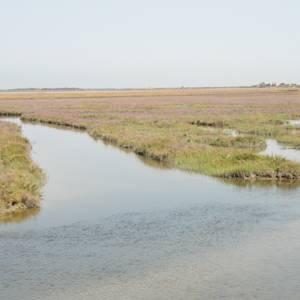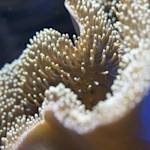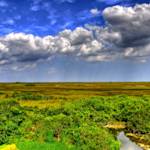Restoring Tasmania's degraded kelp forests
2022 CE • Tasmania
"The thick underwater forests off Tasmania’s east coast used to be so dense they were marked as shipping hazards on nautical charts. Thriving stands of giant kelp, which grows up to 40 metres high, once provided habitat for fur seals, seahorses, weedy sea dragons, rock lobsters, abalone and fish. Since the 1960s, Tasmania’s giant kelp has all but vanished. Despite the rapid speed at which the brown algae grows – up to half a metre a day – around 95% has been killed off by warm waters pushed southwards by the east Australian current . . . The team from the University of Tasmania’s Institute of Marine and Antarctic Studies has grown and planted giant kelp that is naturally more tolerant of warm water – up to 4C more heat-resistant than average.'There’s been more success overall than we thought we might find,' says Prof Adriana Vergés, a marine ecologist also at UNSW. Their review found that the effective method was to transplant kelp from a donor site. In addition, the biggest predictor of a project’s success was proximity to a nearby kelp forest. 'What that tells us is that the number one priority should be to protect what we still have,' Vergés says."
Donna Lu, "‘Inspiring to see’: scientists show how forests of kelp can potentially be brought back to life," The Guardian, July 16, 2022.
Image: Bjørn Christian Tørrissen, CC BY-SA 3.0, via Wikimedia Commons


Learn about Maya Lin’s fifth and final memorial: a multi-platform science based artwork that presents an ecological history of our world - past, present, and future.

Discover ecological histories and stories of former abundance, loss, and recovery on the map of memory.

Learn how we can reduce our emissions and protect and restore species and habitats – around the world.

See how art can help us rethink the problems we face, and give us hope that each one of us can make a difference.

Help make a global memorial something personal and close to home. Share your stories of the natural world.


